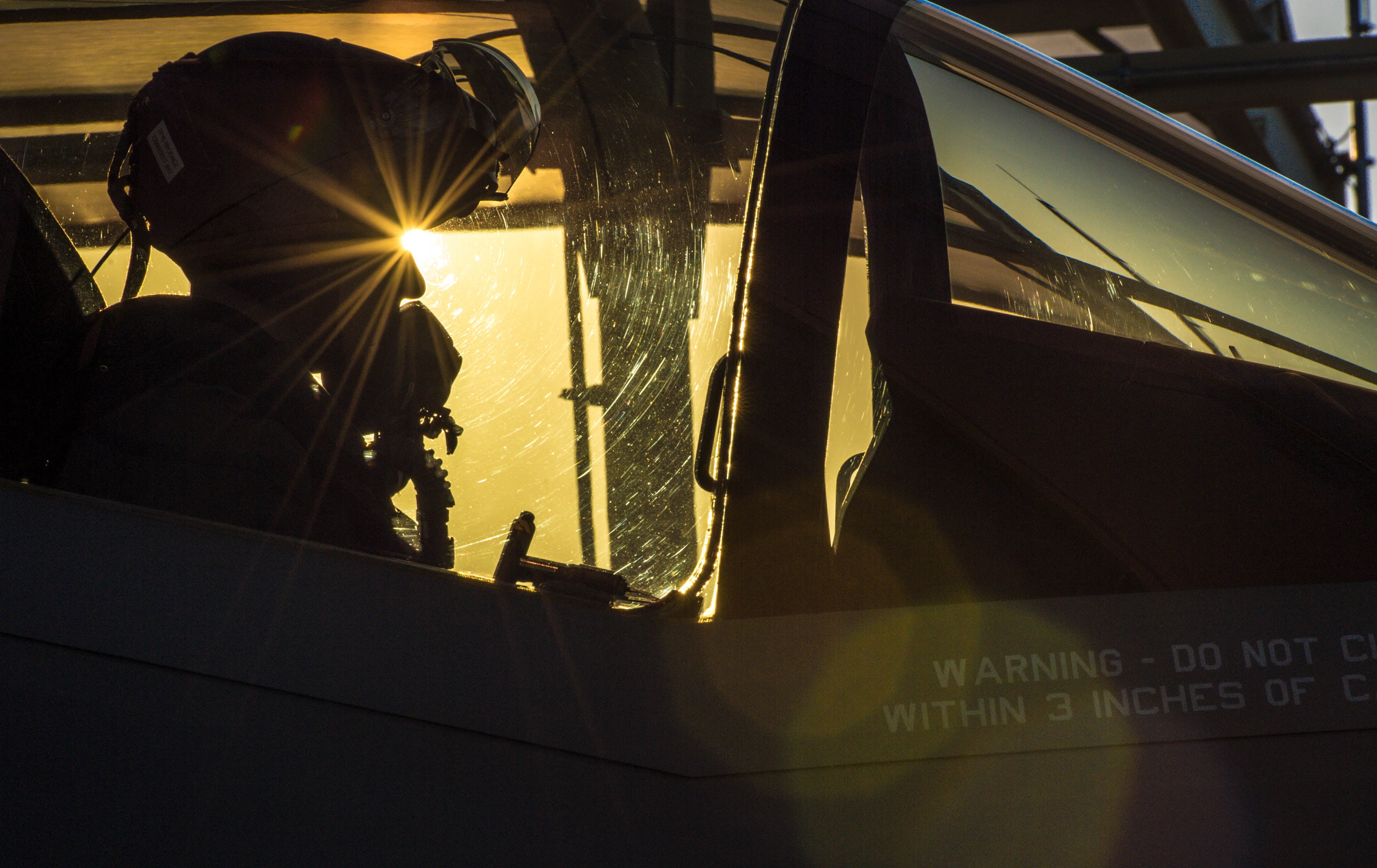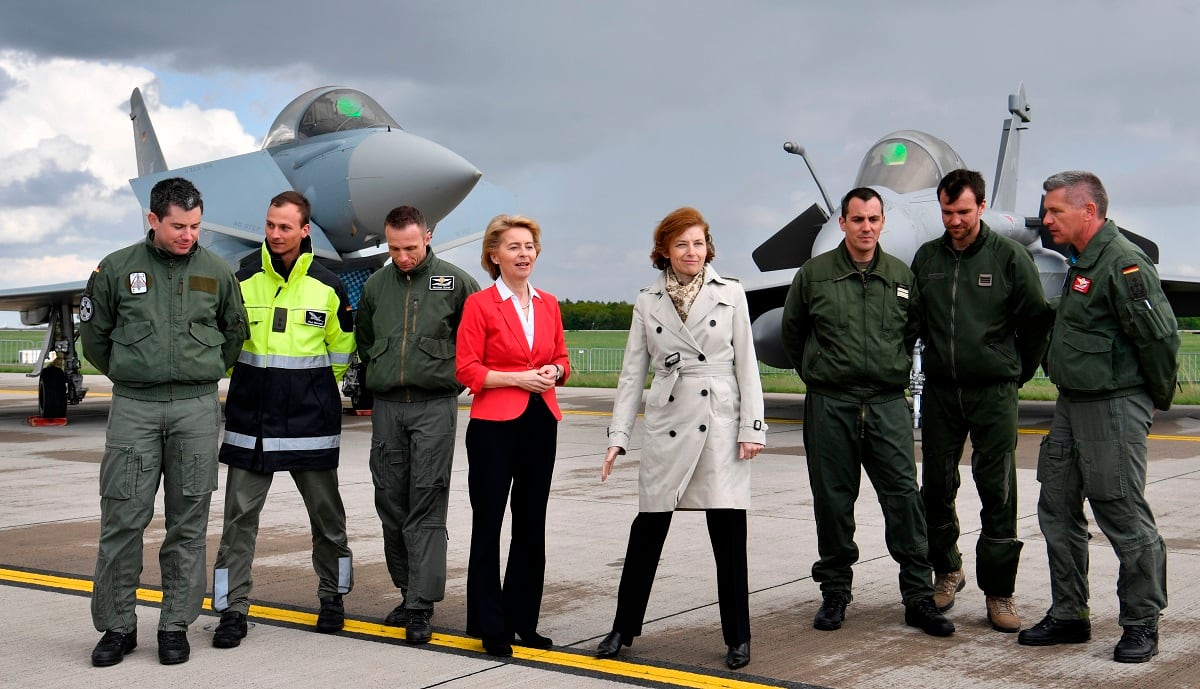COLOGNE, Germany ― A multibillion dollar program to replace the German military’s Tornado aircraft is nearing another round of decisions that could narrow the field of bidders.
The due date for a “quality gate” review, as the wide-ranging analysis is called in Bundeswehr jargon, has been on the calendar for this month. But officials now say the exercise could last through the summer.
The discussions are principally about realizing an extended service life for the 1970s-era Tornados, though exactly by how long remains to be seen. Closely linked to that question is an examination of what potential follow-on aircraft are best suited to pick up the legacy planes’ roles in a variety of life-span scenarios.
Officials emphasize that no decision has been made on who will build the new planes to replace roughly 90 Tornados.
A formal competition is expected to begin later this year or early 2019 among those aircraft types still deemed suitable by the government at that time. In the running is the Eurofigher Typhoon, Lockheed Martin’s F-35, and Boeing’s F-15 and F-18. The Typhoon is made by a European consortium of Airbus, Leonardo and BAE Systems.
RELATED

Defence Ministry officials have said they prefer the Eurofighter option, arguing that keeping the European aircraft industry busy will be key in strengthening the continent’s defense capabilities. That goes especially for the Franco-German alliance in charge of developing a combat-capable aerial drone and, later, a sixth-generation Future Combat Air System.
Some in the Luftwaffe, the German air force, are rooting for the F-35. The affinity partly stems from personnel exchanges with the U.S. Air Force, giving German pilots some exposure to the marquee American defense program.
All companies delivered their formal offers to the Defence Ministry in April, coinciding with the ILA Berlin air show. Lockheed Martin staged a sizable promotional showing at the event for its F-35, mixing promises about the jet’s advanced capabilities with a professed obliviousness to the political minefield of Europe’s economic powerhouse that is Germany weighing a U.S. aircraft at this time.
As German analysts continue to crunch the numbers on the Tornado-replacement effort, Reuters reported this week that Berlin requested information from the Pentagon in April about what it would take to certify the Eurofighter to deliver nuclear weapons.
NATO policies for nuclear burden-sharing dictate that German pilots will carry American atomic bombs in case of a war on the continent. The Luftwaffe has set aside a number of Tornados for that purpose, and any follow-on aircraft will have to be configured to carry out the mission.
RELATED

While the Pentagon has no say over which jet Germany will eventually pick, officials in Washington must approve the integration of American nuclear bombs on the aircraft. Citing sources on both sides of the Atlantic, Reuters reported that the process could take up to 10 years and that the F-35 was in line for the nuclear weapons integration before the Eurofighter would be considered.
A wait time of seven years could conflict with Berlin’s plan to begin phasing out Tornados starting in 2025. But according to officials, that’s where the fine-tuning of the “quality gate” could come into play, making it possible to alter the timing accordingly.
“We are confident that Eurofighter Typhoon can deliver all the capabilities the German Air Force requires and perform all the roles that are currently performed on Tornado for Germany,” a Eurofighter spokesman said. “This of course includes the nuclear role.”
Sebastian Sprenger is associate editor for Europe at Defense News, reporting on the state of the defense market in the region, and on U.S.-Europe cooperation and multi-national investments in defense and global security. Previously he served as managing editor for Defense News. He is based in Cologne, Germany.






